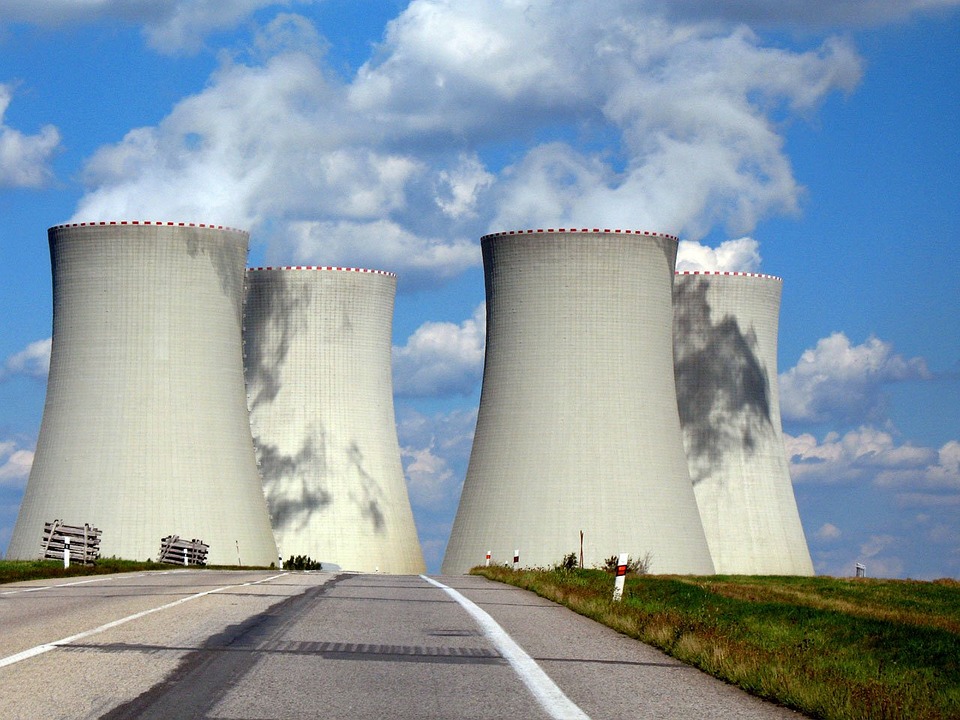No building should make people sick; however, because of poor maintenance and cleaning efforts, the water in cooling towers can serve as the breeding ground for a variety of bacteria. One such bacterium is Legionella, which is the root cause of the recent Legionnaires’ outbreak in New York City that has sadly claimed several lives and sickened many people.
This situation can be avoided by implementing technologies that ensure cooling towers are kept clean. The dust and debris that cause the spread of bacteria can be removed and kept out through proper maintenance, filtration, water treatment and monitoring. This will control the growth of bacteria, such as Legionella, and ensure that disease outbreaks, such as Legionnaires’, are prevented.
Cooling Towers and Legionella
Cooling towers are an energy-, space- and cost-effective way to remove heat generated by centralized air-conditioning systems from large buildings. The towers use water and an evaporation process to pull the heat away and transfer it into the atmosphere, creating a comfortable indoor environment for building occupants.
An unwanted byproduct of this process is the collection of dust and debris that settle in the basin of the cooling tower. If the cooling tower is left unmaintained, bacteria will flourish in this particle concoction due to the presence of ideal growing conditions, which for Legionella include warm water stagnation; water temperatures from 68°F to 122°F, with an optimal growth range of 95°F to 115°F; acidity (pH) levels between 5.0 and 8.5 (solutions with a pH of less than 7 are acidic and solutions with a pH greater than 7 are basic); sediment that tends to promote the growth of commensal microflora (microorganisms that can grow on body surfaces); and the presence of microorganisms, such as algae, which supply essential nutrients and protection for bacteria.[1]
Controlling Legionella Growth in Cooling Towers
There are four key steps to take for establishing a clean cooling tower that discourages Legionella growth: regular maintenance, systematic filtration, water treatment and continuous monitoring.
1. Regular Maintenance
Cooling towers continuously move air through the water system with a fan, allowing water vapor to sit in the process and collect debris, creating an ideal growing situation for Legionella. Regular maintenance of the cooling tower includes conducting ongoing inspections to identify and repair any mechanical deficiencies a cooling tower may have, such as leaks and broken panels and fans, so it operates as designed. It is also vital to ensure drift eliminators, which control water loss from a cooling tower, are sufficient and functional, and perform regular cooling-tower cleanings.
2. Systematic Filtration
Even if there is regular maintenance of the cooling tower, dust and debris still enter and collect in the basin of the tower; the cooling-tower water must be filtered on a continuous basis to remove the debris and impede its accumulation. The filtration process removes dust and debris that are pulled into the cooling tower, captures organic compounds and biological organisms, and eliminates food and hiding places that foster bacterial development.
3. Water Treatment
Water treatment is also an essential component for cleaning a cooling tower, and depends on the application and type of system, as well as the location. The process is specific to each building and the benefits include controlling the formation of scale (a buildup of solids); governing acidity (pH) levels of the system water; reducing corrosion and fouling (the accumulation of unwanted material on solid surfaces); and avoiding biological contamination.
4. Continuous Monitoring
Finally, continuous automatic system monitoring and commissioning, the process of inspecting and testing operational components, are necessary for both enhancing water quality and system performance. This consists of deploying equipment and software dedicated solely to monitoring cooling-system water and monitoring water quality and system efficiency. Building personnel must be alerted to a potential decline in water quality in a timely manner, and historical records of water quality must be accessible.
Innovative Technologies Available Today
Water reuse and optimization, as well as automatic self-cleaning water filtration are two of the most effective technologies on the market today that can help control the growth of Legionella in cooling towers. Optimizing a building’s use of water is possible with constant-commissioning analytics that examine building water quality in near real-time and alert operators to any issues. It's impossible to manage what you don't measure, and current technologies will give an early indication of the growth of microorganisms on the water surface, which is usually a precursor to Legionella development. This helps control bacterial growth and maintain an efficient and reliable cooling system.
Self-cleaning screen filtration technology can be applied to cooling towers in order to keep the water clean. With basin water sustained in perpetual motion, these filters can screen out tiny particles of dust and debris, including sand, silt, scale particles, rust particles, algae and chemical residue. Such precise filtration of cooling-tower water discourages the growth of Legionella.
In Sum
The recent Legionnaires’ outbreak in New York City is a tragic and avoidable occurrence. Cooling towers should never be at the center of any disease epidemics since technologies exist today to ensure maximum cleanliness and operational efficiency. By following the process of proper maintenance, filtration, treatment and monitoring, the growth of Legionella in cooling towers can be controlled and the health of the public can be protected.
Richard Gerbe is Co-Founder of HIGHMARK, a pioneer in building efficiency. For more information, visit: www.highmark-ny.com.
[1]Ideal Legionella growing conditions provided by the Occupational Safety and Health Administration (OSHA); https://www.osha.gov/dts/osta/otm/otm_iii/otm_iii_7.html


